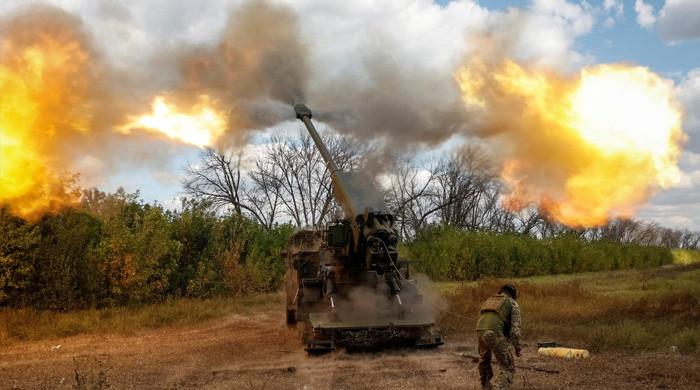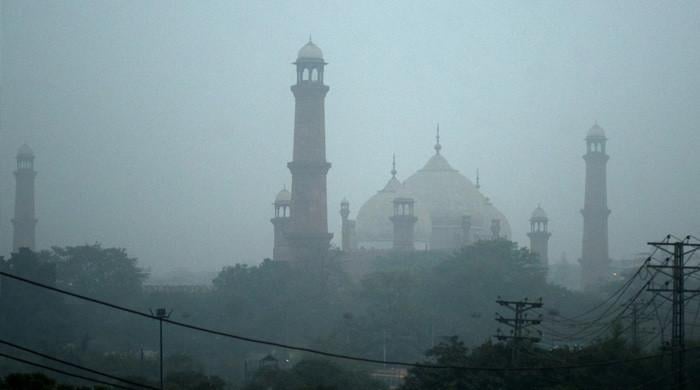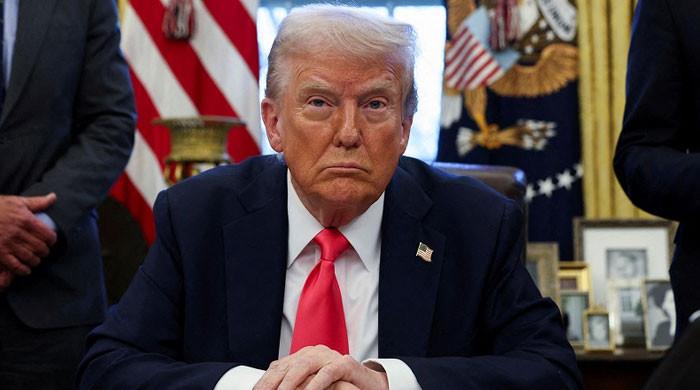Financial warfare
A ‘financial attack’ is indirect, un-attributable and difficult to detect
September 08, 2019

A hundred years ago, warfare was about four things: physical terrain, natural resources, factories and ports. Fifty years ago, economic warfare brought in three new instruments of war: embargoes, blockades and sanctions. Financial warfare is focused on just one thing: capital.
More than ten years ago, the US Department of Treasury (the treasury of the United States federal government) and the Pentagon (the headquarters of the US Department of Defence) teamed up to undertake financial warfare. Jack Law, the 76th US Secretary of Treasury, said: “Weaponization of finance offers to the US a new battlefield…..one that enables the US to go after those who wish the US harm without putting US troops in harm’s way or using lethal force.
Ian Bremmer of Eurasia Group (HQ: New York City), said, “Instead of fighting countries militarily, the US can now cripple them financially”. Bremmer also pointed out that “George Washington carried a musket. Franklin Roosevelt sent in heavy bombers. The [new] armament of choice is weaponization of finance.”
On January 29, WikiLeaks leaked a document authored by Army Special Operations Forces Unconventional Warfare. The document states: “Like all other instruments of U.S. national power, the use and effects of financial weapons are interrelated and they must be coordinated carefully” The document further states: “Of particular interest politically are the World Bank (WB), the IMF and the World Trade Organization (WTO).”
Fifty years ago, economic warfare targeted outputs of the economy (through embargoes, blockades and sanctions). Financial warfare targets ‘capital’, input of the economy. Fifty years ago, economic warfare was all about ‘disengagement’ (because of embargoes, blockades and sanctions). Financial warfare is all about ‘engagement’ (through the World Bank, the IMF and the WTO).
The economic system is about ‘real’ goods and services while the financial system is all about ‘trust — trust in ‘money’ and trust in ‘capital’. The tools of economic warfare — embargoes, blockades and sanctions — are the equivalent of ‘carpet bombing’. The tools of financial warfare are the equivalent of ‘precision strikes’.
Conventional warfare is about ‘engagement’-terrain, resources and ports. Financial warfare is also about ‘engagement’ — engaging the enemy’s capital. To be certain, there are three kinds of capital: primary, secondary and tertiary. Primary capital is cash, inventories and raw material. Secondary capital is equity and debt.
In Pakistan’s case what’s most important is tertiary capital which includes foreign currency, international debt instruments, international financial markets and the international settlement systems. To be certain, the ‘financial war’ that is being imposed on us is via this tertiary capital. The war that is being imposed on us is about increasing financial risk and causing a liquidity crisis. The ultimate aim is to “weaken the war wagging capacity’ of the target country.
A ‘financial attack’ is indirect, un-attributable and difficult to detect. Financial warfare is about ‘entering hostile territory’ behind ‘enemy lines’. Before we enter the domain of counter-measures we need to undertake three things: One, to map our financial fault-lines. Two, to assess our non-military vulnerabilities. Three, to map our critical financial functions.
Pakistan Army has ingeniously foiled all plots to turn Pakistan into another Iraq, Syria or Libya. Financial warfare now requires our military commanders, our political leaders and our corporate executives to team up and foil the new plotting.
The writer is a columnist based in Islamabad.
Email: [email protected]
Twitter: @saleemfarrukh











